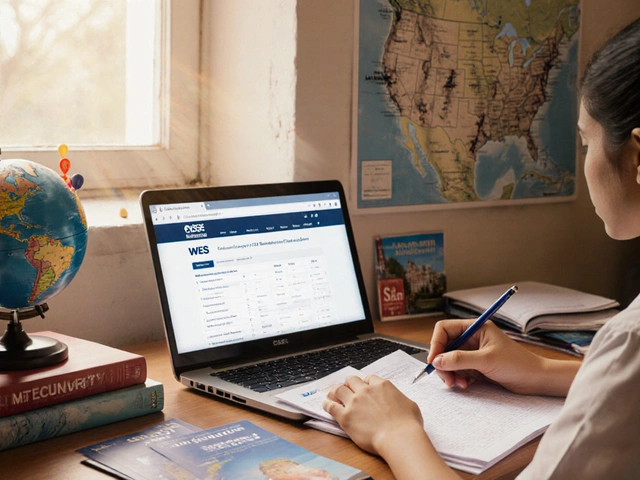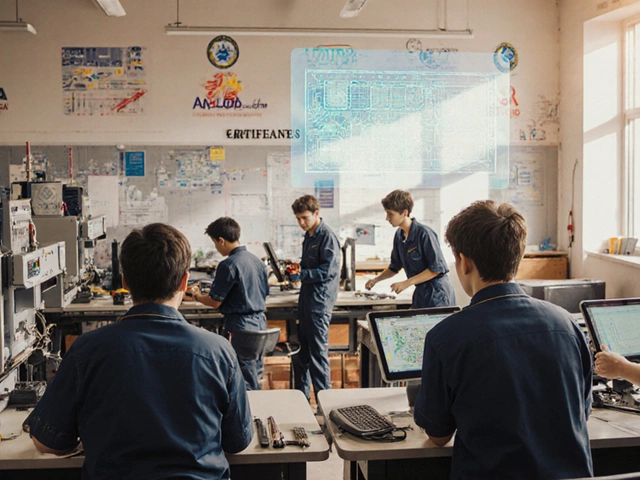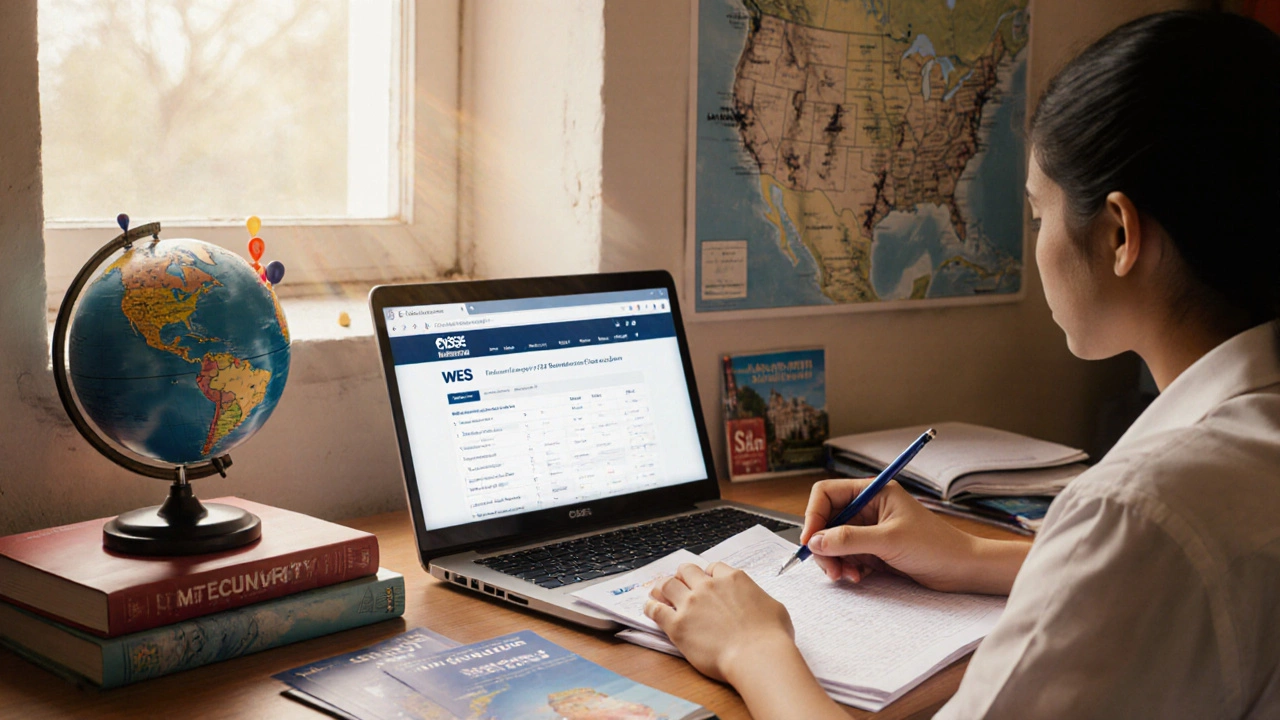CBSE to US Colleges: How Indian Students Make the Switch
When students finish CBSE, India’s most widely followed school curriculum, known for its structured syllabus and national board exams. Also known as Central Board of Secondary Education, it prepares millions of students each year for competitive exams like JEE and NEET—but many also use it as a springboard to US colleges, higher education institutions in the United States that accept international applicants with diverse academic backgrounds. The jump from CBSE to a US university isn’t about just grades. It’s about showing who you are beyond test scores.
US colleges don’t just want high marks—they want students who can think, adapt, and contribute. That’s why students from CBSE schools who land spots at top US universities often have more than just a 90%+ board score. They’ve built projects, led clubs, volunteered, or even started small businesses. They’ve learned to write essays that sound like them, not like a textbook. They’ve taken SAT or ACT exams seriously, not as a hurdle but as a chance to show their strengths. And they’ve understood that English speaking skills, the ability to communicate clearly in everyday and academic settings matter just as much as math scores. That’s why so many CBSE students start practicing English at home, watching TED Talks, joining debate clubs, or recording themselves speaking—because fluency isn’t taught in a classroom, it’s built through doing.
What gets overlooked is how CBSE curriculum, a standardized system focused on rote learning and national exams actually gives students an edge. The discipline to study for months for board exams? That’s the same grit needed to survive a US college workload. The ability to memorize complex chemistry formulas or solve calculus problems under pressure? That’s not just academic—it’s proof you can handle stress. But here’s the catch: US colleges see hundreds of applicants with 95%+ in CBSE. What makes yours stand out? It’s not the percentage. It’s the story behind it. Did you fix a local school’s science lab? Did you teach coding to younger kids? Did you build an app that helped your community? Those are the things that get noticed.
And it’s not just about Ivy League dreams. Many CBSE students thrive at public universities in Texas, California, or Illinois—places where tuition is lower, support is strong, and the path to a good job is clear. Some even switch to 2-year degrees, associate programs that offer fast, affordable entry into high-paying technical fields before transferring. Others take online courses in data science or cybersecurity to build skills that US employers actually hire for. The route isn’t one-size-fits-all. You don’t need to be a JEE topper to get in. You just need to be clear about what you want, and show it in your actions.
Below, you’ll find real stories and practical advice from students who made this move—from understanding what US colleges really look for, to how to prepare for interviews, how to write essays that don’t sound generic, and even how to handle the cultural shift. Whether you’re starting in 9th grade or already in 12th, there’s something here that will help you move forward—without the noise.
- By Nolan Blackburn
- /
- 5 Nov 2025
Is CBSE Accepted in the USA? What Indian Students Need to Know
CBSE is accepted by all major U.S. universities, but admission depends on SAT/ACT scores, extracurriculars, and transcripts evaluated through WES. Learn how to turn your CBSE background into a competitive application.





